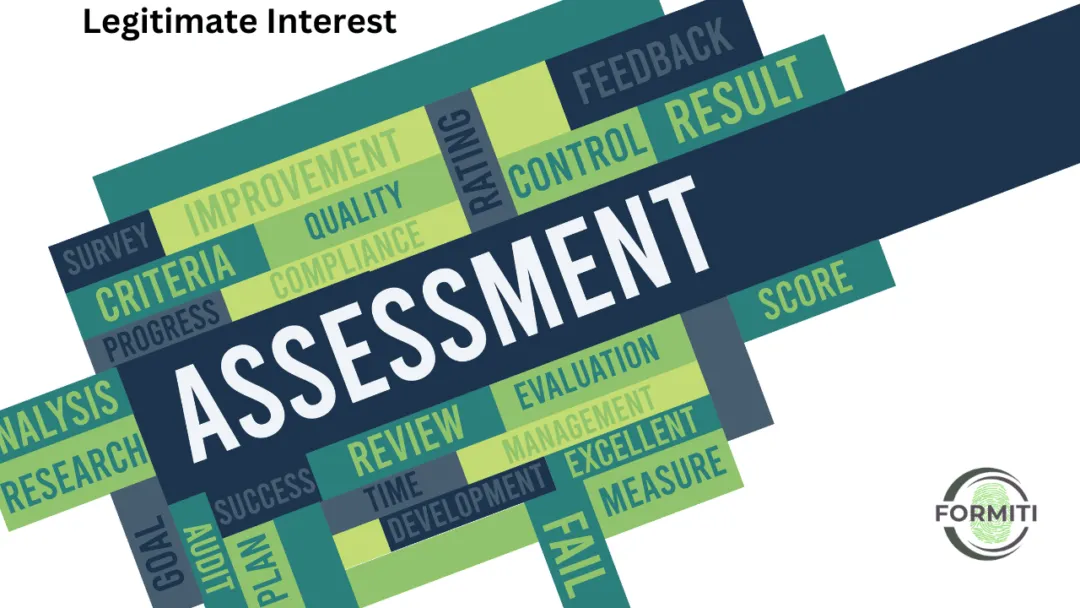Introduction
In the world of data privacy, the concept of ‘legitimate interest‘ plays a pivotal role. As organisations strive to align with the stringent requirements of GDPR and other data protection laws, understanding and implementing Legitimate Interest Assessments (LIAs) becomes crucial. This article sheds light on the nuances of LIAs, their significance, and the stringent process involved in ensuring compliance before data processing begins.
What is Legitimate Interest?
Under GDPR, ‘legitimate interest’ emerges as one of six lawful bases for processing personal data, such as names, addresses, and details pertaining to racial or ethnic origin. It hinges on a delicate balance: the processing should be necessary for the interests of the data controller (the organisation) or a third party, without encroaching upon the fundamental rights and freedoms of the data subject (the individual whose data is being processed).
Legitimate interests span commercial objectives, individual interests, and societal benefits. For instance, an organisation might process data for network security or fraud prevention. However, this processing must be ‘necessary’ – if a less intrusive method can achieve the same outcome, legitimate interest cannot be claimed.
The Essence of Legitimate Interest Assessments (LIAs)
Before embarking on data processing based on legitimate interest, an organisation must conduct a thorough LIA. This assessment serves as a litmus test, determining:
- The legitimacy of the processing’s interest.
- The necessity of processing personal data in the proposed manner.
- The balancing of the organisation’s interest against the individual’s rights.
The Three-Pronged Approach to LIAs
LIAs typically follow a three-part framework:
- The Purpose Test: This step involves identifying the processing’s legitimate interest. Organisations must ponder over their processing objectives, anticipated benefits, compliance with data protection rules, and ethical considerations. Certain purposes, like fraud prevention or network security, are explicitly recognised under GDPR as legitimate interests.
- The Necessity Test: Here, the focus is on whether the processing is essential for the identified purpose. It involves evaluating if the goal can be achieved through less data or less intrusive methods. Should alternative, less intrusive means be viable, the necessity of the proposed processing approach comes into question.
- The Balancing Test: This crucial step weighs the organisation’s interest against the individual’s rights. Factors like the nature of data, the data subject’s reasonable expectations, and the potential impact of processing play a vital role. Particularly sensitive data, or data concerning vulnerable groups like children, demands heightened scrutiny.
The Imperative of Timeliness in LIAs
A cardinal rule in conducting LIAs is their timeliness. The assessment must be completed before processing begins. It’s a proactive measure, not a retrospective justification. This ensures that any data processing is grounded in a legitimate basis from the outset, safeguarding against potential rights infringements.
Connection with Data Protection Impact Assessments (DPIAs)
LIAs often intersect with DPIAs, particularly when high-risk data processing is involved. While both assessments share commonalities, DPIAs delve deeper, assessing risks in more detail. In cases where an LIA identifies high risks, a DPIA becomes imperative, underscoring the need for a comprehensive and integrated approach to data protection impact assessments.
In Conclusion
Navigating the intricacies of legitimate interest in data processing is a complex yet crucial aspect of GDPR compliance. Organisations must meticulously conduct LIAs, ensuring that their processing activities do not just serve their interests but also respect the rights and freedoms of individuals. By embedding these assessments into their data processing strategies, organisations not only comply with legal requirements but also foster trust and transparency in their handling of personal data.

